Hydrogen has emerged as a key contender in the battle to secure a sustainable future for aviation.


Investigating the commercial potential of battery electric aviation
Electric aircraft offer many advantages, but can they ever compete on cost?
Wim Lammen, R&D Engineer at NLR
As the world slowly recovers from Covid-19, the aviation sector is also expected to regain its former strength. Roland Berger's latest survey of players in the aviation industry forecasts a recovery to 2019 levels of revenue passenger kilometers (RPK) by 2023-24. The pandemic has created a new focus on sustainability, and changes are expected in the post-Covid aviation fleet, such as fewer old-generation aircraft. Yet, total aviation CO2 emissions per RPK are not expected to change significantly, and total CO2 emissions may soon return to their 2019 levels.
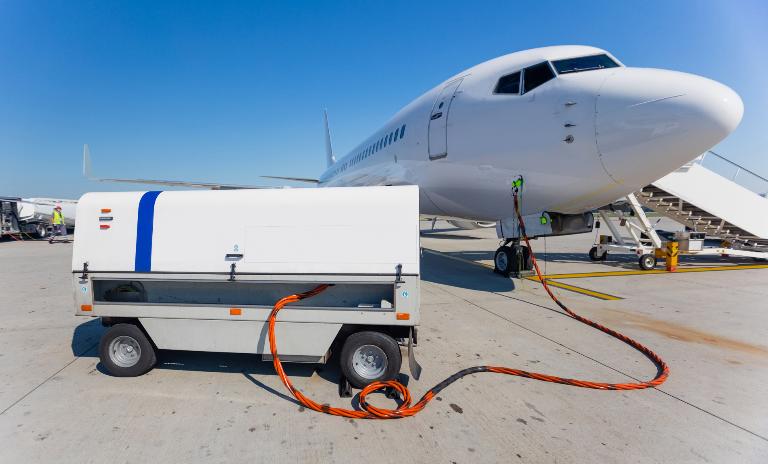
A Tesla of the skies
Despite a renewed focus on sustainability in light of the pandemic, the aviation industry remains at the very beginning of its energy transition. Currently, new technologies are receiving much attention, although they are still several years away from being deployed at scale. Hydrogen propulsion and sustainable aviation fuels (SAFs) are gaining traction, and both hybrid electric and all-electric solutions are being actively developed. The dream of a "Tesla of the skies" is real, offering a True Zero solution to air travel. Claims abound that electric aviation would be not just a cleaner but a cheaper way to travel. But detractors often claim that electric would be more expensive than traditional forms of propulsion, creating a major stumbling block for the decarbonization of the industry.
The Royal Netherlands Aerospace Centre (Royal NLR) and Roland Berger sought to investigate this claim: Is electric really more expensive? And if the reverse turns out to be true and electric is actually cheaper, how could electric aircraft impact the aviation market?

We also evaluated moderate assumptions with regards to electric technology, but these resulted in hybrid-electric configurations only. In these cases, the power delivered by the battery supports the gas turbine during the flight.
To get to the bottom of the question, we developed the NLR-RB 19E, a hypothetical 19-seater sub-regional all-electric aircraft (see illustration below). We arrived at this design by modifying a Jetstream 32, taking into account future aircraft and electric propulsion technologies, such as distributed propulsion. The NLR-RB 19E is sized for a 700 km maximum range. The question was, what level of technology would actually be needed to achieve an all-electric aircraft design for this range? As it turned out, we needed to make a highly disruptive assumption with regard to electric technology, including a battery energy density of 1,000 Wh/kg. Even then, the original gas turbine would still be needed as a backup range extender for mission reserves: Carrying additional batteries that are only used in exceptional circumstances is not very efficient.
But would it be competitive?
What are the commercial implications of our design? Comparing the aircraft like-for-like with conventional sub-regional aircraft, the electric NLR-RB 19E is 10 percent less expensive on a per seat basis. This advantage is mainly driven by the electric aircraft's lower maintenance and energy costs.
However, compared to larger, more commonly flown aircraft, such as the ERJ-145 or the ATR72, the electric NLR-RB 19E is more expensive on a per-seat basis – 35 percent more expensive than the ERJ-145, as much as 45 percent more expensive than the ATR72, and 65 percent more expensive than the A319neo.
This additional cost is mainly driven by the higher contribution of airport charges in the case of the electric aircraft, driven in turn by a need for more sectors to be flown to in order to deliver the same number of passengers to the destination. Thus, on a like-for-like basis, the NLR-RB 19E was found to be cheaper – however, in a real-world comparison against aircraft it is more like to compete against in the marketplace, the subregional electric aircraft was indeed more expensive.
The most direct solution to address this additional cost would be to provide a subsidy on airport charges for electric airplanes. This would enable multi-for-one journey replacement, making the NLR-RB 19E competitive against larger aircraft.
Pros and cons
Having tackled the all-important question of cost, we must also consider more qualitative factors: this scale of electric aircraft could be advantageous in many other areas. Being quieter and smaller, it could open up access to smaller airports, enabling distributed propulsion, where small regional aircraft connect regional airports en masse, taking the point-to-point philosophy a step further. For travelers currently forced to take interconnecting flights, the NLR-RB 19E could enable more direct flights, and thus greater convenience, reduced total travel time and potentially lower cost. At scale, distributed propulsion might even allow larger aircraft to focus entirely on longer-distance journeys, improving their own CO2/RPK and leaving shorter sectors as the province of these small, electric sub-regional aircraft.
However, realistically, we believe that this would be difficult to achieve. The key learning from our investigation is that larger options, such as A320-type aircraft, which do not suffer the multi-for-one problem and are more efficient with regard to airport charges, would have greater potential. We are therefore now planning to turn our attention to the narrowbody scale, looking beyond pure-electric aircraft (which would not be feasible on this scale) and considering new designs. By computing their commercial, real-world impact we can gain practical insights into future sustainability in the industry. Let us know what architectures we should look at next!
We would like to thank Siyi Hao for his analysis and contribution to this article.
We invite you to subscribe below, contact us at [email protected], or connect with Nikhil Sachdeva or Siyi Hao via LinkedIn to discuss your thoughts.
Register now to receive regular insights into Aerospace & Defense topics.

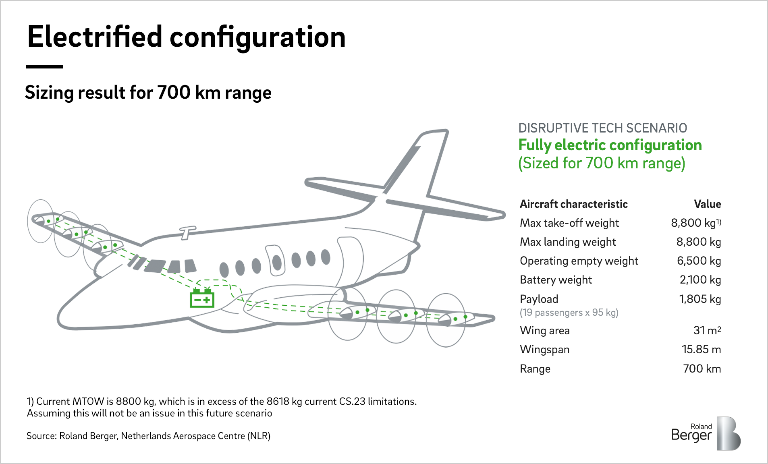
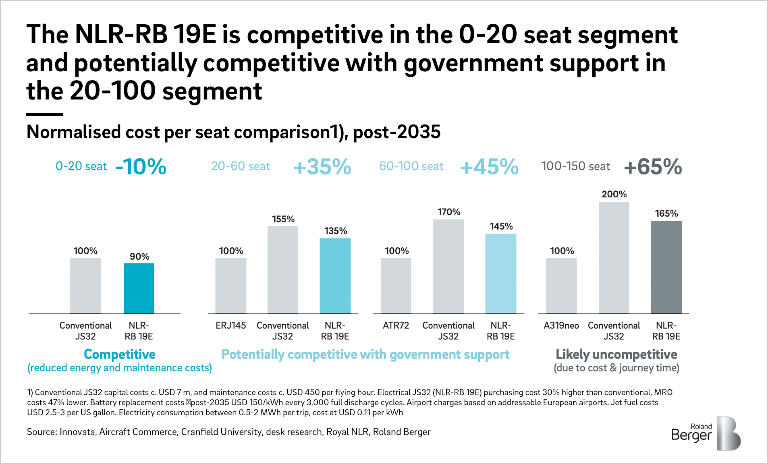


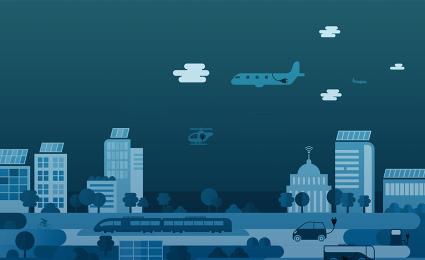

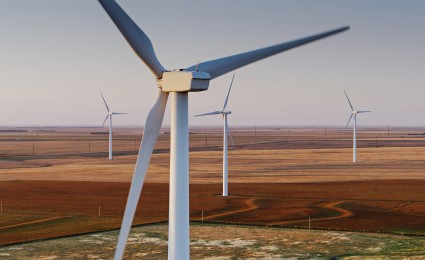
_person_144.png?v=770441)